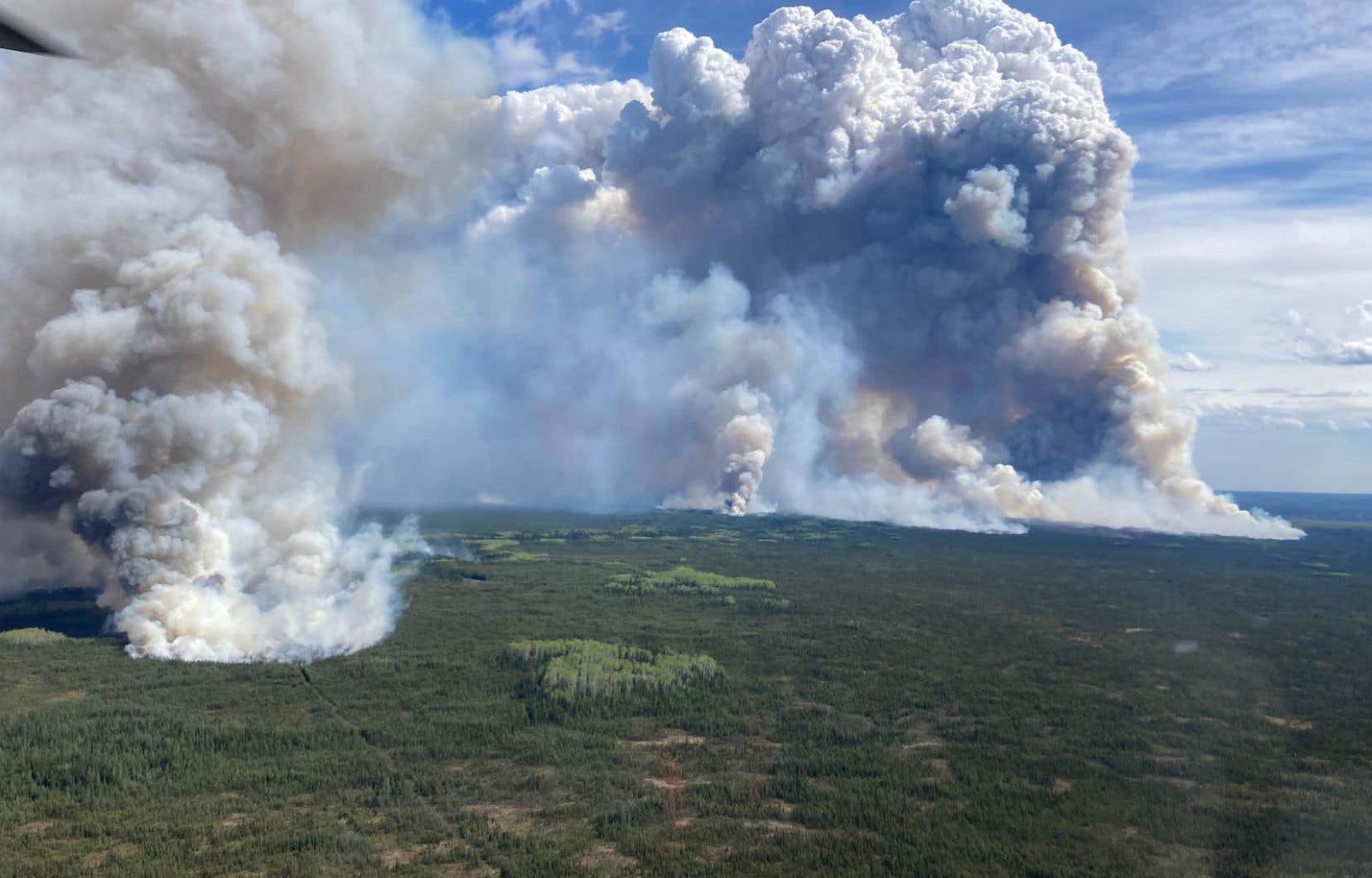CO emissions2 wildfires in British Columbia reached the highest level recorded for a month of May in that province by the European Union’s Copernicus climate change service, which has been collecting data for 22 years.
Estimated CO emissions2 emitted by forest fires in Canada as of May 16 are 15 megatons of carbon, of which 12 megatons come from British Columbia, according to Copernicus.
“As of May 2024, wildfire emissions in British Columbia have already exceeded double the previous record set in May 2023, with Canada’s total emissions also one of the highest in the last 22 years,” said the Copernicus service.
The bulletin released Thursday by the European Union’s Earth Observation Program said many fires in British Columbia were “driven by the surface resurgence of persistent fires in the region, adding to the complexity of the situation “.
Persistent fires, also called zombie fires, are hibernating fires that can ignite at any time, especially in spring. Several researchers link the abundance of persistent fires to climate change.
“Following the high-impact wildfires that ravaged Canada in 2023, the scale and intensity of the current fires in British Columbia are of great concern this early in the season. Their impacts on local communities and the atmosphere highlight the urgent need for continued monitoring and assessment,” said Copernicus Principal Scientist Mark Parrington.
The Canadian Interagency Forest Fire Center reported as of midday Thursday that there were approximately 125 forest fires across the country, 32 of which were classified as out of control. The majority of these fires are in British Columbia and Alberta.
Thousands of people in Western Canada are still forced to live far from their homes due to wildfires threatening their communities.
